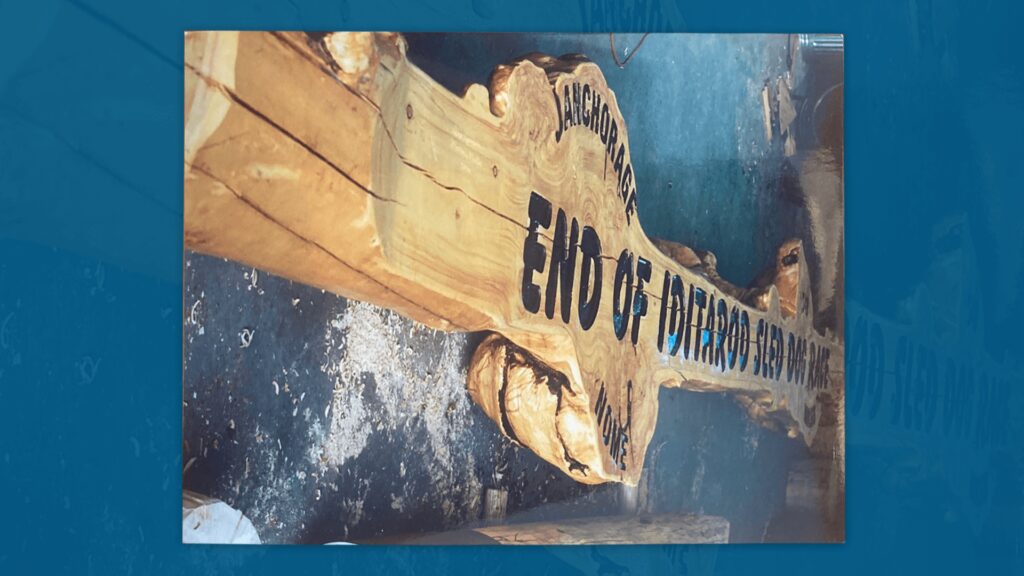An Arctic conference in Anchorage, hiking glaciers in Seward, and getting hands-on with salmon in Bristol Bay: all a prelude to President Barack Obama’s final stops on his tour of Alaska.
The president ended his three-day tour of Alaska on Wednesday with visits along the western coast, first in Dillingham and then Kotzebue, where he officially unveiled new initiatives aimed at helping Alaska’s rural villages cope with climate change in the fast-thawing Arctic.
As a regional hub for 10 remote villages about 30 miles above the Arctic Circle, Kotzebue is where Obama came closest to actually seeing the communities he’s touted throughout his trip as being imperiled by climate change.
Millie Hawley is the president of the Native Village of Kivalina. She said her community is seeing the those impacts first-hand, to both the environment and their food supply.
“We barely got any seal,” she said. “The bearded seal is what we rely on year-round.”
Usually Kivalina gets 80 seals each year, but this year the community got only eight. Changing migration patterns of belugas and caribou have also affected Kivalina’s food supply.
“Even though we try to protect our children from worry or fear, they sense that things are happening to their home,” Hawley said.
Kivalina hosted a visit from Interior Secretary Sally Jewell in February, and during his visit the president did not hesitate to bring the full brunt of his office’s attention to the community’s plight.
Taking to the podium at the Kotzebue junior and senior high school to outline an initative for a joint tribal, state, and federal effort to help plan, and pay for, more than 30 communities in rural Alaska looking to relocate or rebuild. Obama called it “climate resilience.” The effort will be led by the Denali Commission, an independent federal agency that’s worked on Alaska infrastructure projects for nearly 20 years.
“This is going to cut through bureaucracy and red tape, free up communities like yours to develop and implement solutions for events like coastal erosion, flooding, and permafrost degradation,” Obama said.
The Denali Commission is also bringing $2 million to the table for relocation efforts. But while relocation is the goal for communities like Kivalina, clean water and functional sewer systems remain elusive for many rural communities. In his Kotzebue speech, the president offered one solution to that lingering concern, announcing a revision on eligibility with the U.S. Department of Agriculture’s Rural Alaska Village Program that would open the doors to more than 30 communities for water and sewer grants.
“You shouldn’t wait until disaster strikes,” the president said. “We should see if we can invest in communities before disaster strikes to prevent. So today we’re announcing $17 million in USDA rural water grants for infrastructure projects in remote Alaska communities.”
But is it enough? Northwest Arctic Borough Mayor Reggie Joule lives in Kotzebue, and as mayor, his borough has fewer than 8,000 people spread out over an area larger than the state of Kentucky. Estimates put the cost of relocating just one village at more than $100 million. Emergency evacuation roads cost as much as $2 million a mile.
“None of what we have on the plate, none of what many parts of rural Alaska are asking for, are things on a wish list,” Joule said. “They’re things that people need.”
His time on the ground in Kotzebue was brief, and the president moved on from the school speech to end his trip with a tour of Kotzebue’s Shore Avenue, a reinforced roadway along the coast that local leaders held up as an example of engineering that overcomes climate challenges; something they say Alaska desperately needs more of. In his speech, Obama said fast action is essential, and he pledged the federal government’s support.
“There is such a thing as being too late,” Obama said. “The effects can be irreversible if we don’t act, and that moment is almost here. You know this better than anybody. I want you to know, as your president, I’m here to make sure you get the support that you need.”
But before flying out, Obama made a final detour: a brief moment with Iditarod champion John Baker, who won the Last Great Race in 2011. The president donned a “Team Baker” jacket for a picture with Baker’s prize-winning pups, and the Commander in Chief even cradled a blue-eyed puppy named Feather. A quick photo behind Baker’s dogsled, and torrent of turns and traffic on Kotzebue’s crowded streets, and then a quick hop from motorcade to airplane, and the president was gone.
Like many Alaskans, most in Kotzebue only saw the president at arm’s length, a brief handshake or a glimpse as he walked amid a throng of secret service, staff, and reporters.
But many said they were happy he made Kotzebue his final stop, and they hope it will cause the conversation about the American Arctic to finally start.







